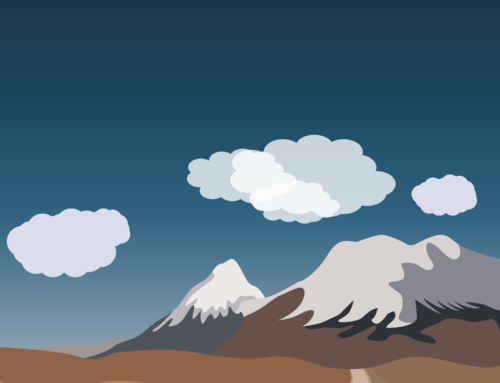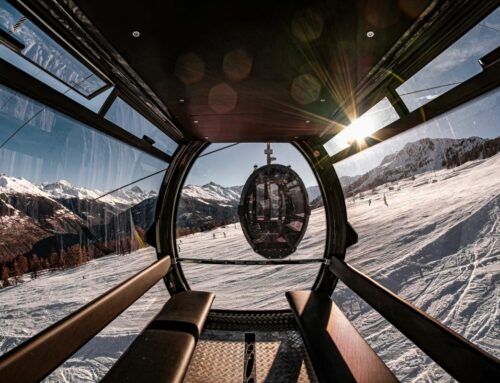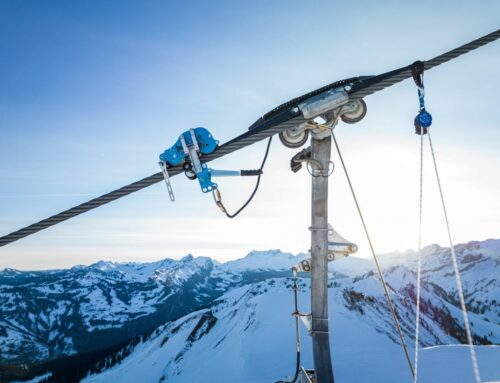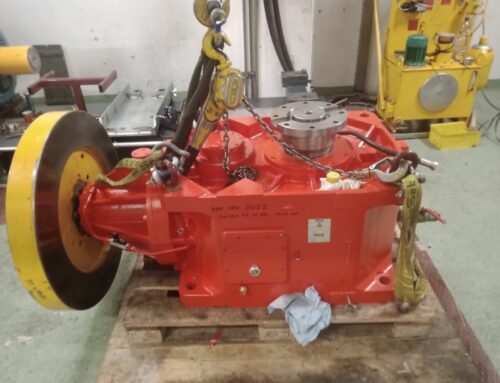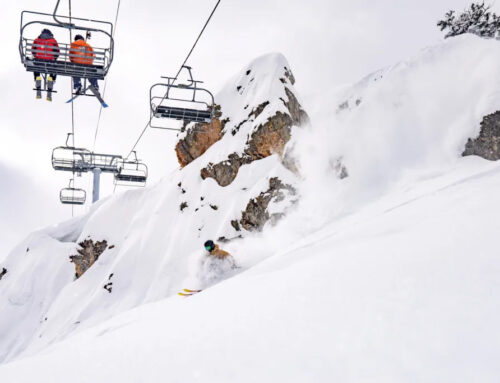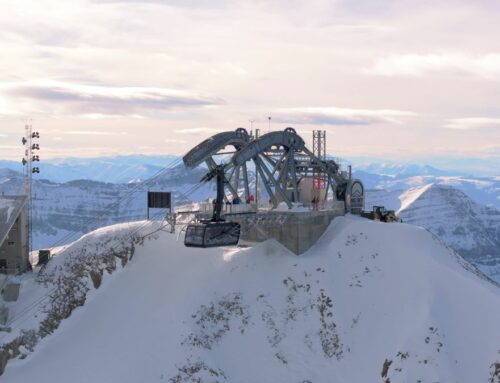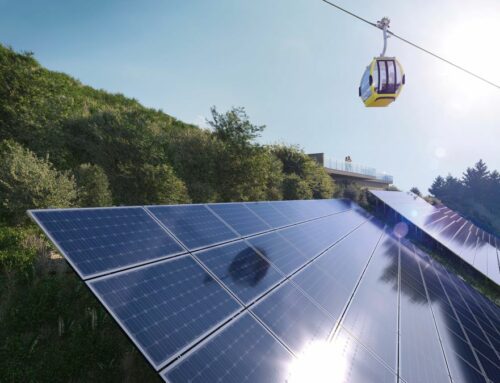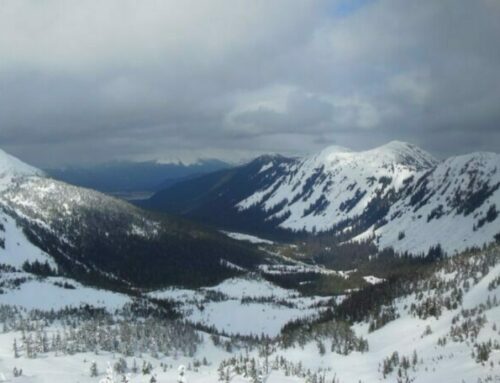
Cableway & Technology, SI World 2/2023
What is happening in Austria and Switzerland?
New numbers, new lifts, new developments – the years 2022 and 2023 have left their mark once again in Switzerland and Austria – an overview.
Alpine crossing
The ski resorts of Zermatt (Switzerland) and Breuil-Cervinia (Italy) are completing the Matterhorn Alpine Crossing with the new 3S cable car from the Matterhorn Glacier Paradise summit station to the Testa Grigia valley station.
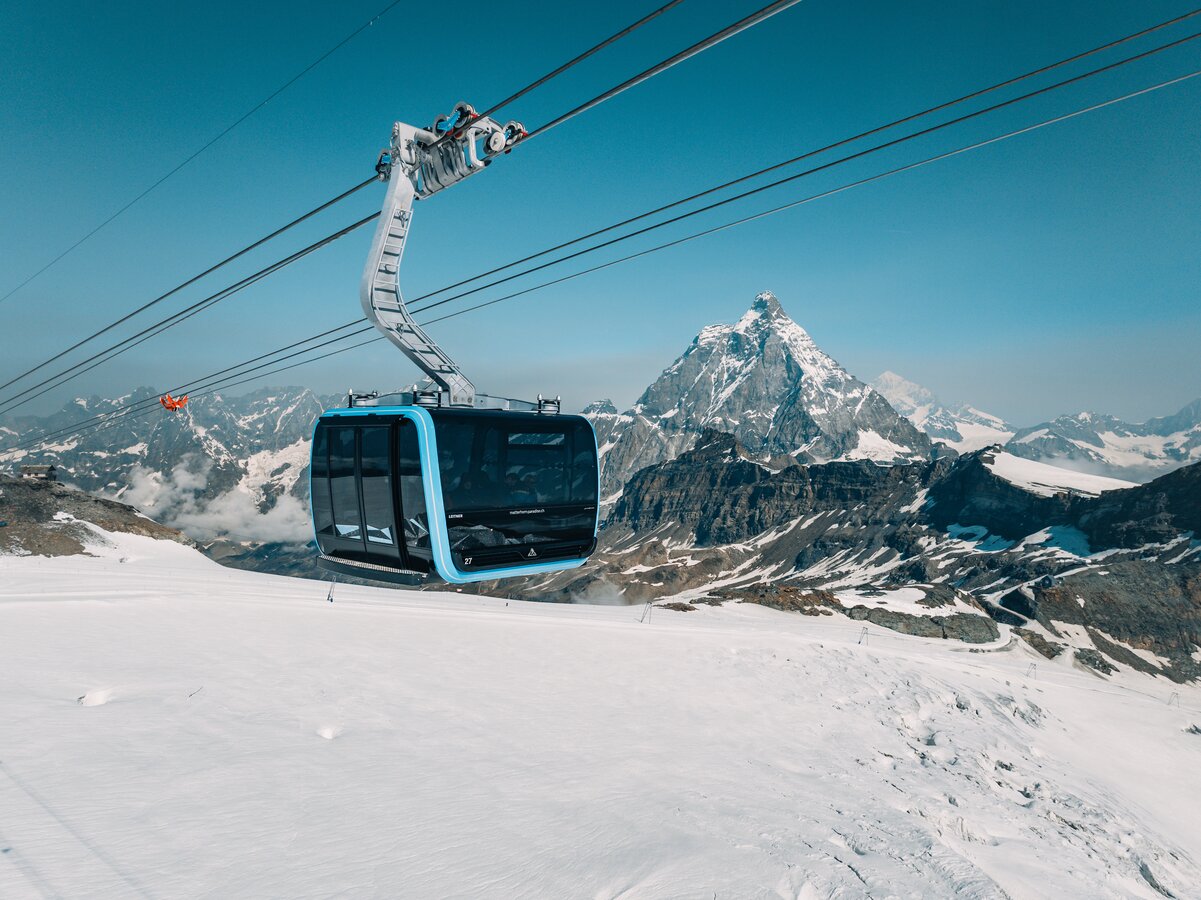
Trends in Switzerland
Even though the specter of a power shortage loomed over the Swiss winter of 2022/23 with alarming prospects that, fortunately, did not materialize, the season unfolded for the first time in four years without health-related restrictions.
The results of the winter of 2022/23 depend mainly on snow and sunshine conditions, which unfortunately were not the best, as stated by the Swiss Cableways Association (SBS).
The winter was among the mildest and driest since the beginning of the century, with a significant snow deficit at high altitudes. The decrease in visitation by twelve percent compared to the previous year, totaling 22.3 million skier days, was primarily attributed to domestic skiers reacting to the low snowfall at the beginning and end of the season, impacting nearby ski areas more significantly.
Although foreign guests reflected to a lesser extent on the unfavorable conditions in the second half of the season, the recovery of foreign visitors continued, with guests from distant markets returning, except for China.
A substantial number of smaller ski resorts at lower elevations remained closed, and small to medium-sized ski areas experienced significant declines in visitor numbers, although this had only a minor impact on the overall volume.
The decline in skier days was minimal in large and very large ski areas but had a more pronounced volumetric impact. On the other hand, the results of the mountain summer in 2023 are very promising: Swiss cableways transported over ten percent more guests compared to the previous summer season, generating a 14 percent increase in revenue since May.
Zermatt Furi
A striking feature is the first support, constructed in the form of a magnifying glass. This unconventional support structure is unique and has been adapted to the local conditions. The magnifying glass-shaped support allows passengers to see the Matterhorn through the imaginary glass of the magnifying glass.
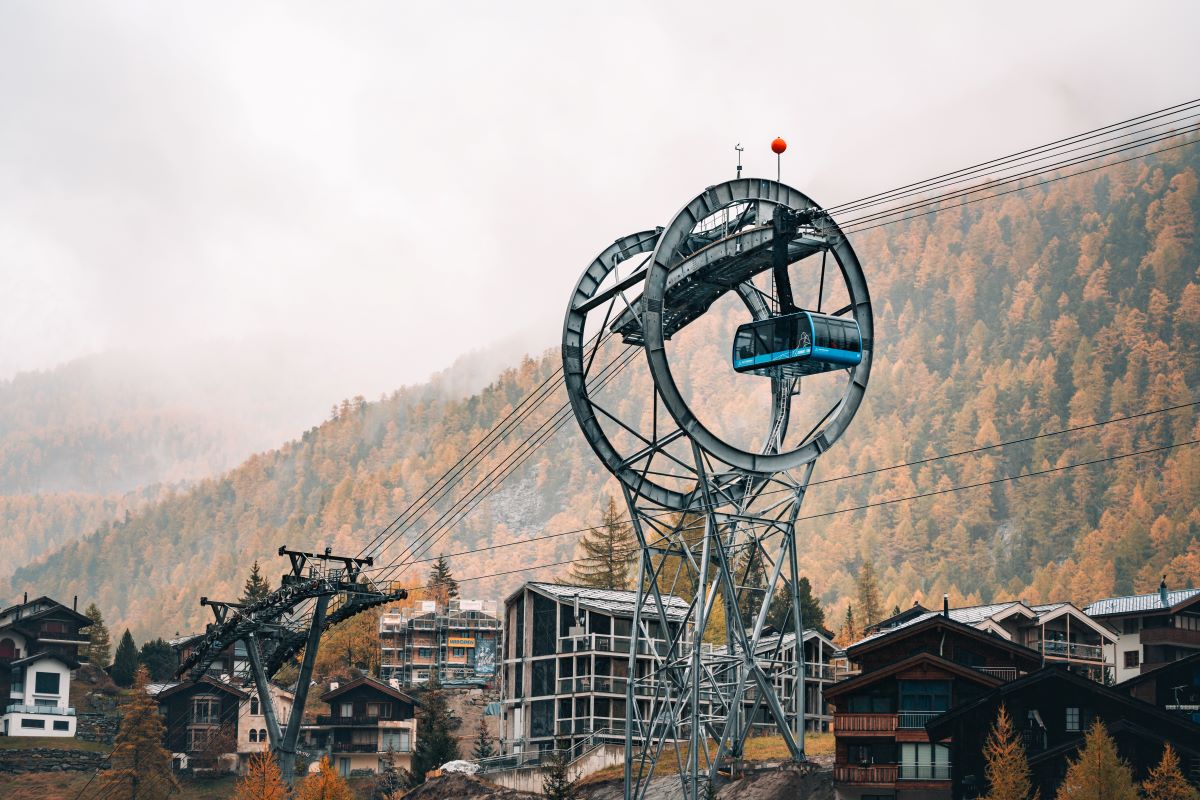
Outstanding Projects
Some facilities stand out among the multitude of new investments. For example, the ski resorts of Zermatt (Switzerland) and Breuil-Cervinia (Italy) are completing the Matterhorn Alpine Crossing with the new 3S cable car from the Matterhorn Glacier Paradise summit station to the Testa Grigia valley station.
The LEITNER cable car represents the highest cross-border cable car in the Alps at 3,480 meters since June 2023. In addition, a new aerial tramway to Furi is set to commence operation in Zermatt in the autumn of 2023. The DOPPELMAYR cable car features a magnifying glass support structure on one end and a platform on the roof of the cabin for guests to ride.
Another outstanding project is the Schilthornbahn 20XX, which envisions the steepest funicular in the world between the towns of Stechelberg and Mürren, with a maximum gradient of over 159 percent.
Above Mürren, GARAVENTA‘s Funifor cable cars will access the Birg and Schilthorn stations. The planned system offers high wind stability and compact station construction.
Construction began in the autumn of 2023. Notably, the FlemXpress in Flims-Laax-Falera will introduce BARTHOLET‘s „Ropetaxi“ system as a world-first, allowing passengers to select their cabin‘s destination. The first two sections will go into operation later this year.
Schilthornbahn 20XX
envisions the steepest funicular in the world between the towns of Stechelberg and Mürren, with a maximum gradient of over 159 percent.
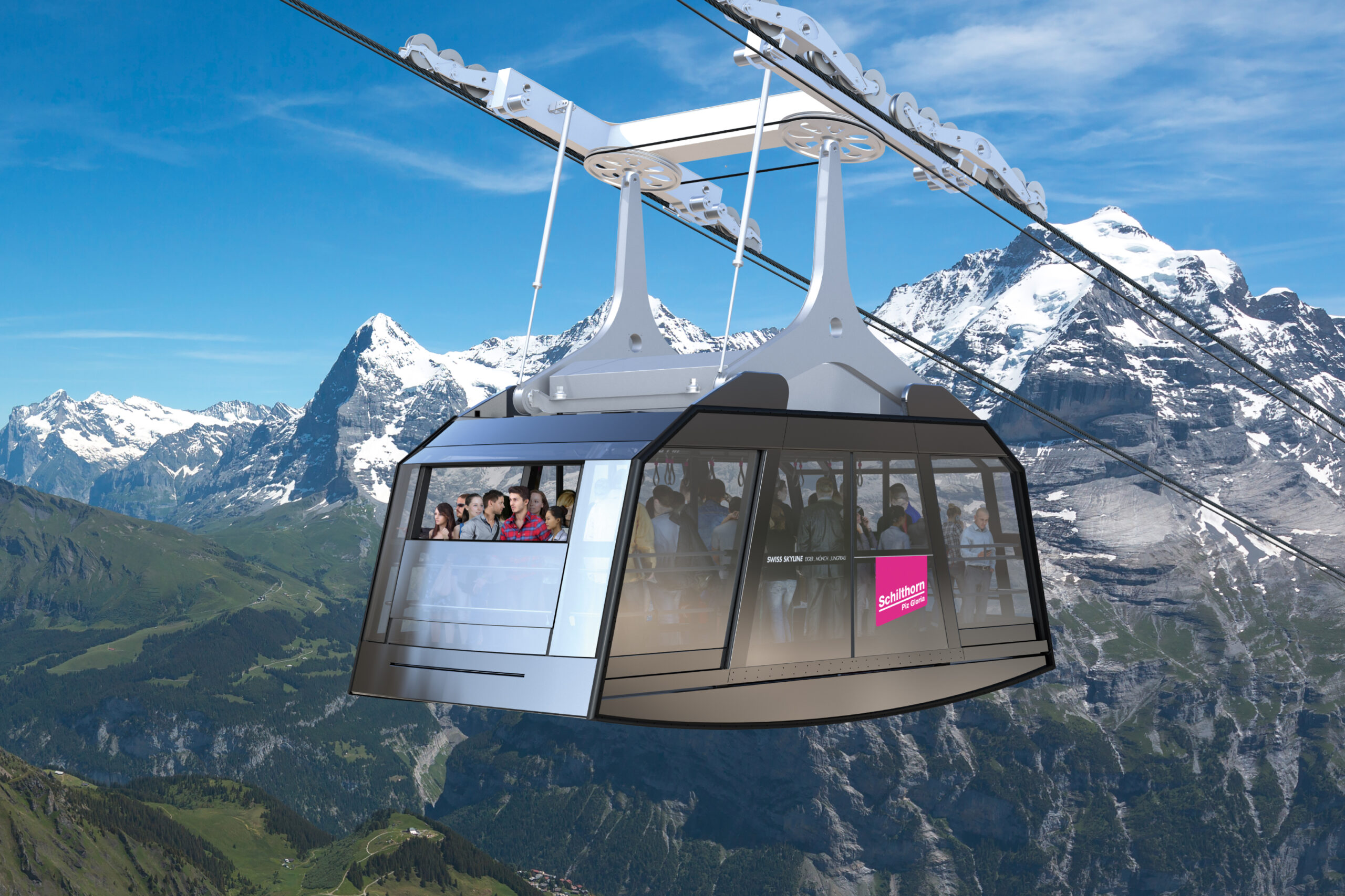
Developments in Austria
According to the industry association, Austrian ski resorts had a good season considering conditions similar to Switzerland‘s: They counted almost 50 million skier days.
With more snow, the season would likely have been even better because March lagged behind the previous year, with 10.3 million skier days in 2023 compared to 11.4 million in 2022.
The mountain railways also celebrated a nominal revenue record of 1.7 billion euros. However, this is only due to necessary price increases and merely reflects inflation. The average revenue per initial entry remains significantly below 40 euros per day.
In Austria, the trend continues to shift from holiday visits to day trips, and the shift in market share towards Switzerland persists. On the other hand, the demand domestically was almost better than expected. The Central and Eastern European market is weakening, possibly due to high on-site expenses.
In contrast, the mountain summer continues to develop into an important economic factor. A recent survey among members of the „Best Austrian Summer Mountain Railways“ association confirms positive expectations: three out of four mountain railways reported an increase in guests of up to 20 percent, and they are delighted with the golden autumn of 2023.
Loser cable car
The Loser Panoramabahn is the first facility in Austria from the Swiss manufacturer BARTHOLET. It replaces two chairlifts and connects three important transportation points.
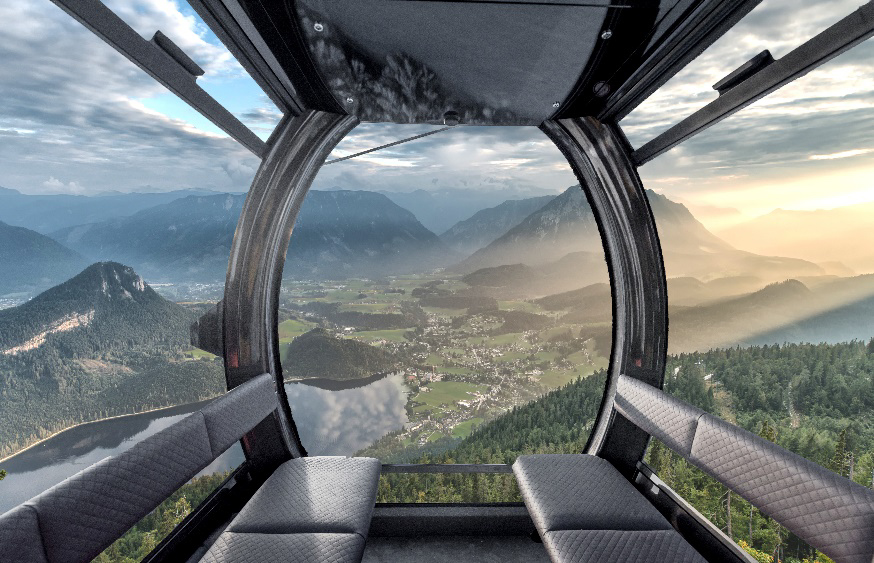
Notable Lifts in Austria
Among the infrastructure projects, some are particularly noteworthy. The Loser Panoramabahn is the first facility in Austria from the Swiss manufacturer BARTHOLET. It replaces two chairlifts and connects three important transportation points.
It is expected to compensate for 30,000 car journeys per year. Construction on the facility began in the autumn, and it is scheduled to operate from the summer of 2024.
Another major project is the reactivation of an unused terrain chamber in Großarl-Dorfgastein, which starts with the construction of the 10-passenger Kieserl gondola. What makes it special is that it is the second facility in Austria, after the Valiserabahn in 2022, to have unmanned stations (meaning without operating personnel). This is made possible by the autonomous AURO system from DOPPELMAYR.
This system will also be used for the Komperdell cable car, which is also expected to operate later this year in the Serfaus-Fiss-Ladis ski area.
Gondola connection
The new 10-passenger gondola Wilde Krimml by LEITNER, on the other hand, offers a weather-independent, fast, and comfortable connection between Zell and Gerlos in the Zillertal Arena ski area starting this winter.
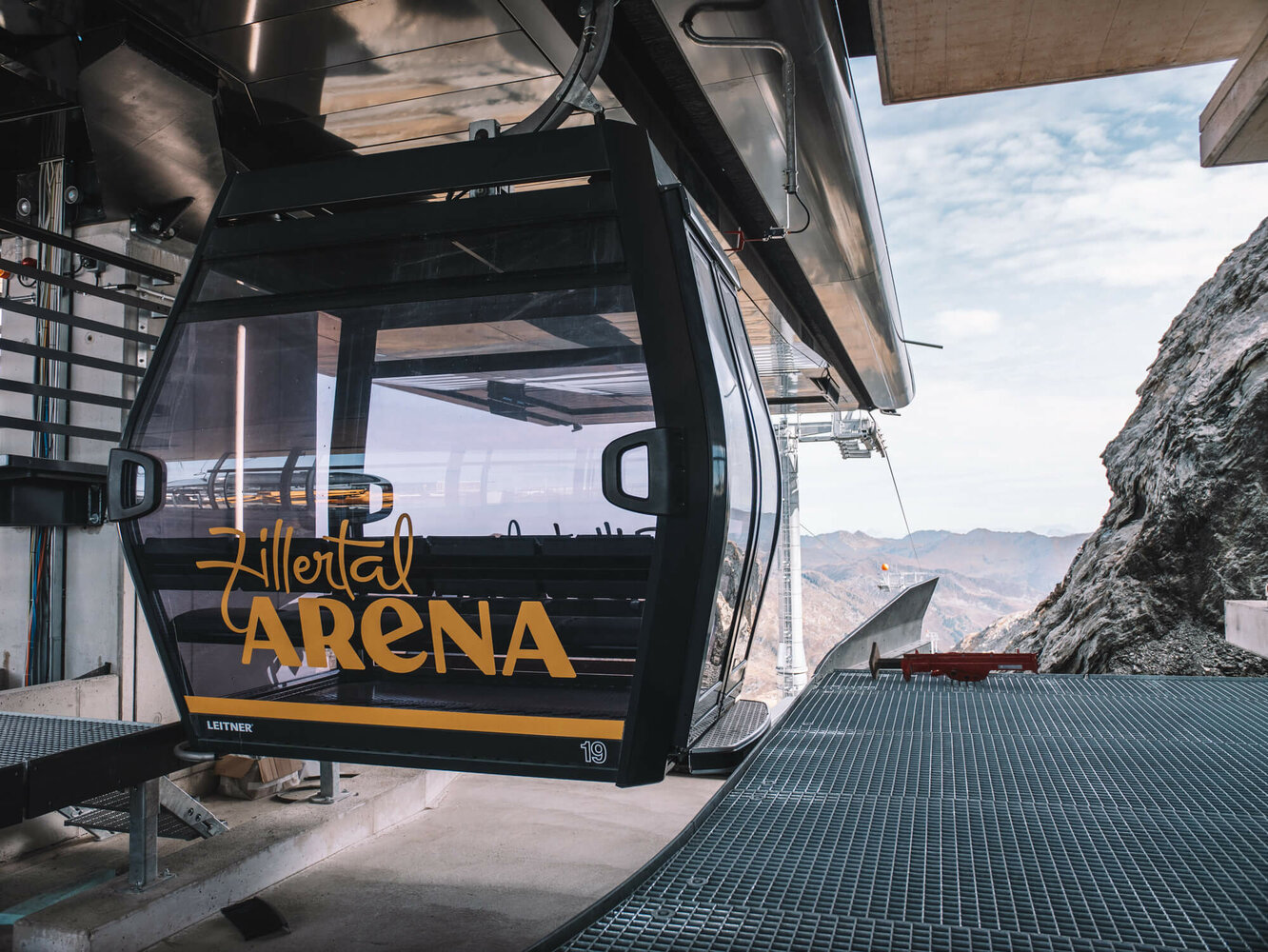
Pioneering investments
The new 10-passenger gondola Wilde Krimml by LEITNER, on the other hand, offers a weather-independent, fast, and comfortable connection between Zell and Gerlos in the Zillertal Arena ski area starting this winter.
The „Krimml-X-Press“ replaces the old 4-person chairlift with a middle station and provides a direct route from Krimmlalm to Übergangsjoch. There is no middle station anymore, making it even more convenient to connect Gerlos and Zell.
The renowned KitzSki ski area is also investing heavily with two new chairlifts – Gauxjoch and Trattenbach – coming into operation this winter. These two lifts were replaced early because the concession expires at the end of the 2024/25 winter season.
KitzSki therefore optimize construction costs and take advantage of synergies. This pioneering investment aligns with the industry‘s economic, ecological, and social requirements in the „Silicon Valley“ of the sector.
